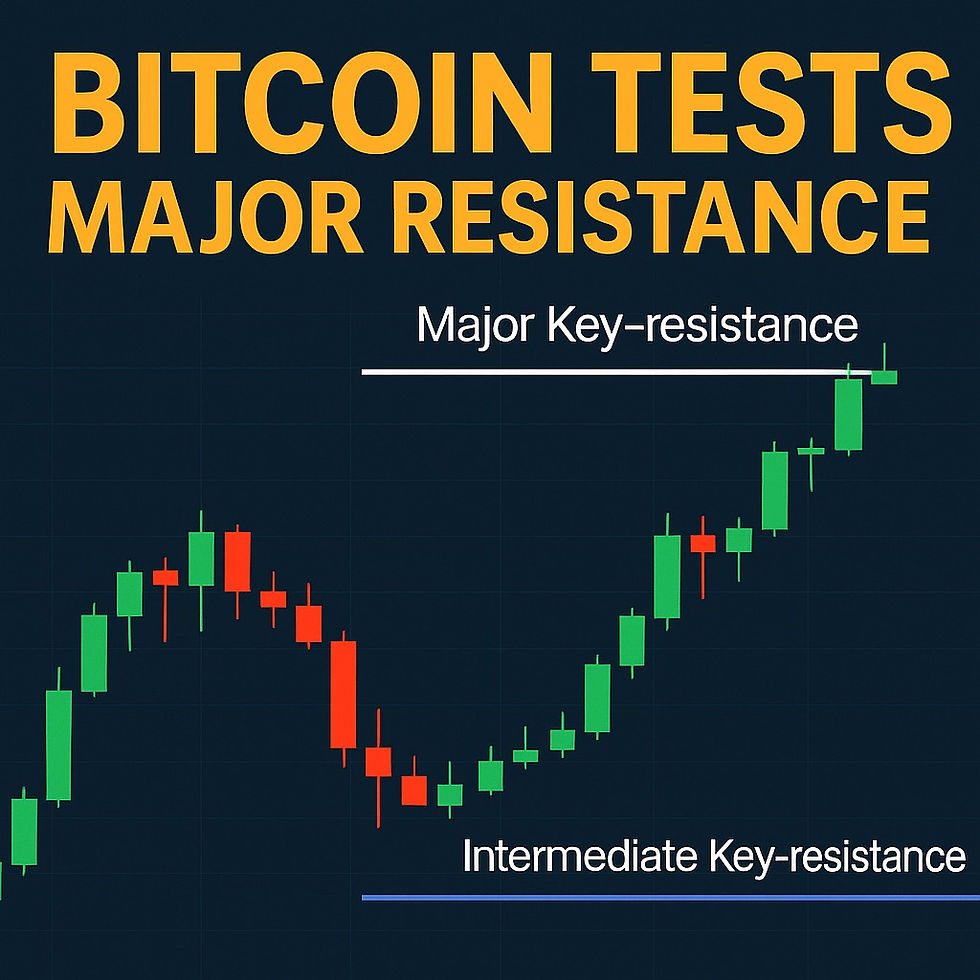Gold Reigns Supreme as the Ultimate Safe Haven in 2025
- Gator

- Jun 17
- 3 min read

Introduction
In a year marked by economic uncertainty and geopolitical turmoil, gold has emerged as the preferred safe-haven asset, outpacing traditional alternatives like U.S. Treasurys, the Japanese yen, and the Swiss franc. With a 30% price surge in 2025, gold’s appeal as a reliable store of value has drawn investors amid concerns over U.S. fiscal policies and global instability. This article examines gold’s remarkable performance, the factors driving its dominance, and its role in reshaping investor confidence in turbulent times.
Gold’s Stellar Performance in 2025
Gold has solidified its position as the ultimate safe-haven asset, with spot prices climbing 30% year-to-date to $3,403.09, after hitting a peak above $3,500 in April. In contrast, the U.S. dollar index has weakened by nearly 10%, while safe-haven currencies like the Japanese yen and Swiss franc appreciated by 8% and 10% against the dollar, respectively. U.S. Treasurys, traditionally a go-to safe haven, have faced challenges, with 10-year bond yields dropping 19 basis points, indicating higher prices but waning confidence. Gold’s ability to consistently notch new highs underscores its resilience in an atmosphere of global uncertainty, particularly fueled by Middle East tensions.
Why Gold Outshines Traditional Safe Havens
The primary driver of gold’s appeal is its independence from government liabilities, as noted by Nikos Kavalis, managing director at Metals Focus, who stated, “Gold’s key advantage is that it is no one else’s liability.” Unlike U.S. Treasurys, which faced a sell-off in April following President Trump’s tariff policies and a U.S. credit rating downgrade by Moody’s, gold remains unaffected by high debt-to-GDP ratios. The World Gold Council highlighted growing doubts about the U.S. dollar and Treasury market’s future, with John Reade attributing gold’s surge to “Trump, in a word,” citing his trade wars and fiscal policies. Additionally, the Japanese yen’s weakness, driven by interest rate differentials and the Bank of Japan’s steady 0.5% policy rate, has reduced its safe-haven allure.
Geopolitical and Economic Catalysts
Global instability, particularly in the Middle East, has propelled demand for gold as a hedge against uncertainty. Trump’s “reciprocal” tariffs and fiscal policies have raised concerns about U.S. debt sustainability, with 30-year Treasury yields breaking above 5%. A Bank of America survey noted that 45% of fund managers view gold as overvalued, yet it remains the “most crowded trade” for the second consecutive month, reflecting strong investor interest. Posts on X echo this sentiment, with users noting capital rotation from Treasurys to gold amid trade war fears. Unlike Bitcoin, which dropped 16% in a month, gold has maintained its safe-haven status, with experts like Kenneth Rogoff dismissing crypto as a viable alternative.
Challenges and Risks for Gold’s Rally
Despite its strength, gold faces potential headwinds. Some analysts warn of overvaluation, with 45% of fund managers in a Bank of America survey suggesting prices may be stretched. A potential stabilization in U.S. fiscal policy or a recovery in demand for Treasurys could temper gold’s rally. Additionally, Japan’s holdings of over $1 trillion in U.S. Treasurys and the potential for a yen sell-off to support its currency could impact global markets, indirectly affecting gold. Investors must also consider the risk of a broader market correction, which could temporarily pressure even safe-haven assets.
Conclusion
Gold’s 2025 surge to $3,403.09 cements its status as the world’s premier safe-haven asset, outpacing U.S. Treasurys, the Japanese yen, and the Swiss franc. Its independence from government liabilities, coupled with escalating geopolitical risks and U.S. fiscal uncertainties, has made it a magnet for investors seeking stability. While risks of overvaluation and market shifts linger, gold’s resilience suggests it will remain a cornerstone of safe-haven investing. As global uncertainties persist, gold’s role as a reliable hedge continues to shine, redefining safety in an unpredictable economic landscape.





Comentarios